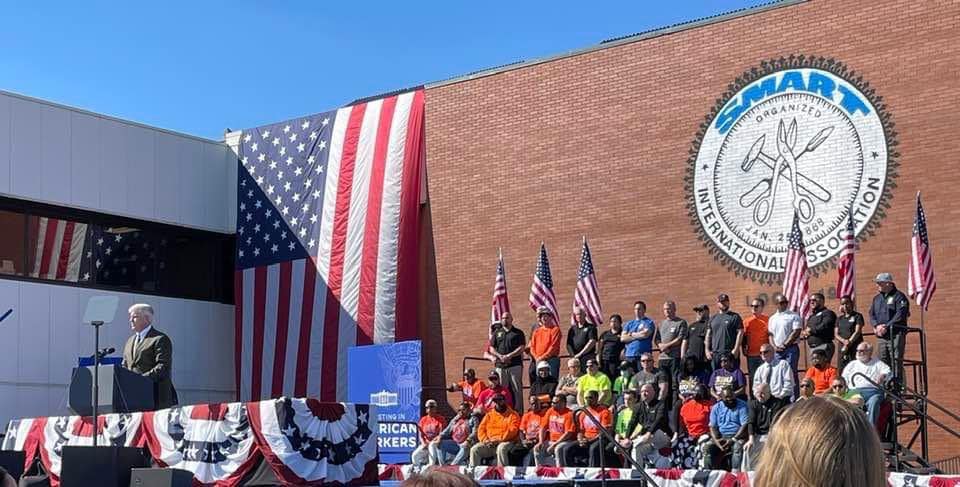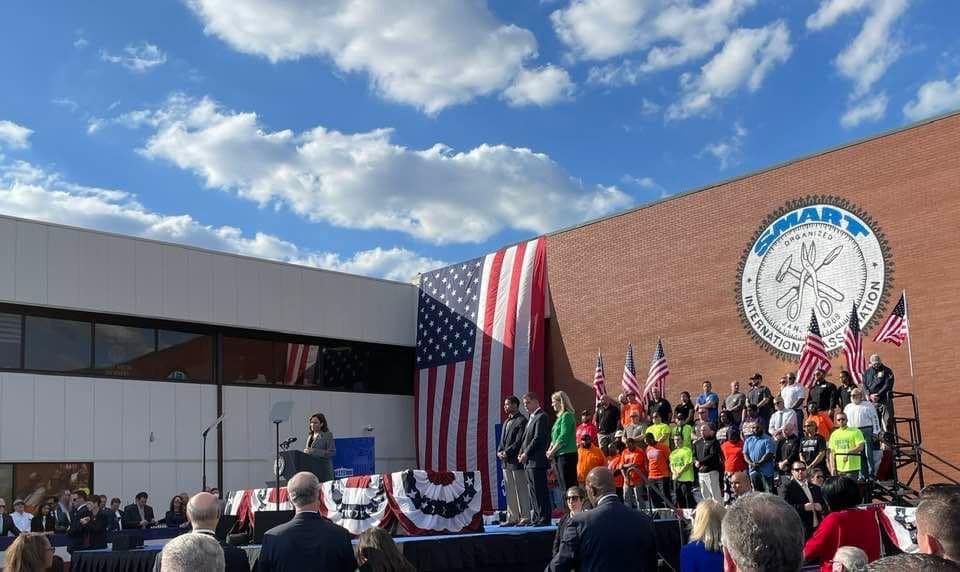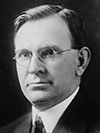Good labor relations with elected officials can be summed up by knowing that the people who represent us in our state legislatures and Washington D.C. are familiar with our needs and concerns, and that they keep us informed on what is going on in their committee meetings and about legislation that might affect our membership.
Great labor relationships are when elected officials value our opinion and actively seek it out to help decide their votes and what legislation they write to bend the actions of government to the best interests of our membership. The latter is what is happening in Kansas under the leadership of State Legislative Director Ty Dragoo (Local 1503, Marysville, Kan).
In February of this year, Brother Dragoo was chosen to introduce Department of Transportation Secretary Pete Buttigieg and Congresswoman Sharice Davids (D-Kans., Dist.-3) at an event discussing the Bipartisan Infrastructure Law (previously known as the IIJA — the Infrastructure Investment and Jobs Act). This was a great showcase of the role that SMART plays in the labor community of the state. What’s more important is that on October 19, Secretary Buttigieg came back to the state to hold a series of events and round table discussions about how to move forward and Brother Dragoo was brought into the thinktank to be consulted.
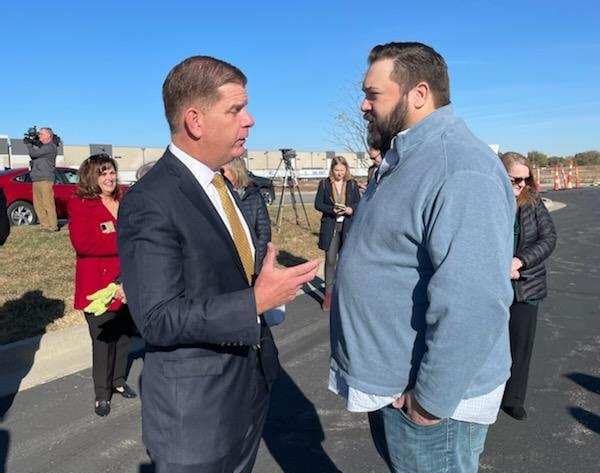
Along with Secretary of Labor Marty Walsh, Secretary Buttigieg and Rep. Davids, SLD Dragoo helped form discussions surrounding the implementation of federal dollars in both Kansas and nationwide. In one of the multiple events of the day, SLD Dragoo was the only representative of the labor community at the table with the White House contingent along with a handful of contractors. Brother Dragoo’s role in these important discussions is indicative of the expanding role SMART-TD is playing in recent days when it comes to forming public policy.
When asked about the day’s events, Brother Dragoo described how refreshing it is to be treated as a contributing player of the team rather than being viewed as an opponent. He went on to say that the access that our union has been given to the Biden team is unprecedented in his 12 years as the SLD of Kansas.
In his words, “With past administrations, labor was considered and given a spot at the table on some issues, but with the Biden administration, the meeting doesn’t happen unless labor is represented.”
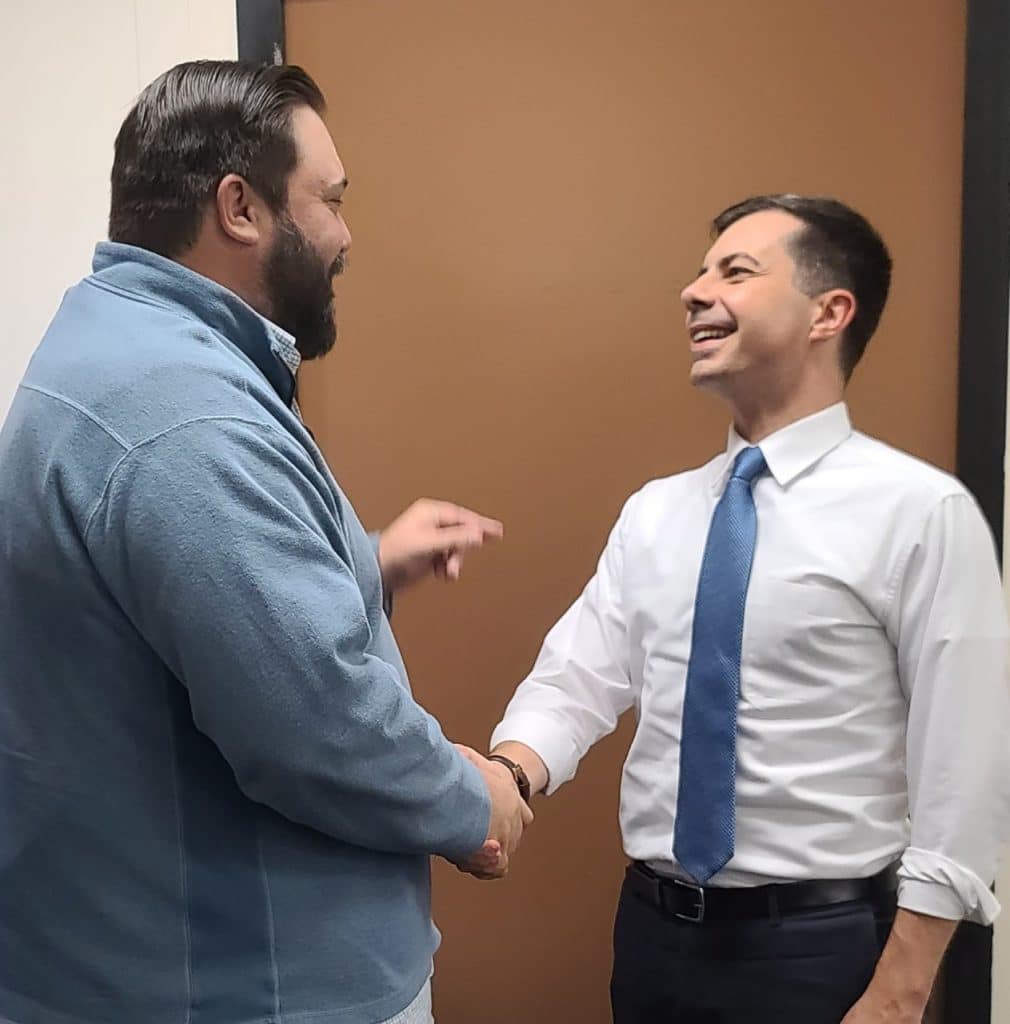
The emphasis the administration has placed on labor has given SMART added clout with Congress as well. SLD Dragoo receives calls weekly from Davids to discuss upcoming votes she has and how to best represent SMART members in Kansas.
“It’s this kind of a productive relationship that allows us to create a better future for our members,” Dragoo said.
In the past year, Kansas has seen the fruits of these relationships in the form of 26 newly funded projects for the Kansas Department of Transportation. These projects are beneficial to Transportation Division and Sheet Metal members alike.
It’s said that change is inevitable, and it’s up to you whether you merely react to that change or if you become the agent of it. SLD Dragoo and SMART-TD’s National Legislative Department have positioned themselves well to have a big hand in what is to come in Kansas as well as in the rest of the country.
“SMART really has become the leader of labor in Kansas,” Dragoo emphasized. “With continued support from SMART members, we can create better careers and a better country for all of us.”
